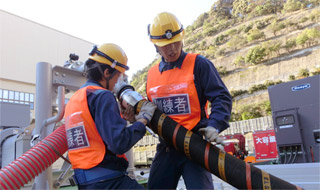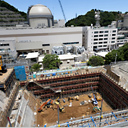Nuclear Power Information
 Nucler Power Station
Nucler Power Station
- Mihama nuclear power station
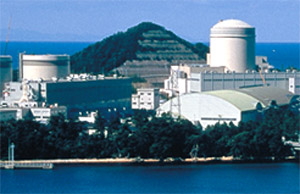
5-3 Kawasakayama, Nyu 66, Mihama-cho, Mikata-gun, Fukui Prefecture
| Unit | Reactor type |
Rated power output |
Commercial operation |
|---|---|---|---|
| Unit 1 | Pressurized |
340MW | End of operation on April 27, 2015 |
| Unit 2 | 500MW | End of operation on April 27, 2015 | |
| Unit 3 | 826MW | Started in December 1976 |
- Takahama nuclear power station
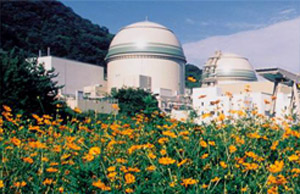
1 Tanoura, Takahama-cho, Ohi-gun, Fukui Prefecture
| Unit | Reactor type |
Rated power output |
Commercial operation |
|---|---|---|---|
| Unit 1 | Pressurized |
826MW | November 1974 |
| Unit 2 | 826MW | November 1975 | |
| Unit 3 | 870MW | January 1985 | |
| Unit 4 | 870MW | June 1985 |
- Ohi nuclear power station
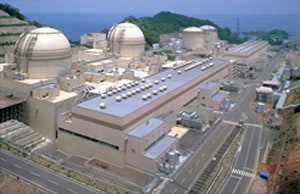
1-1 Aza Yoshimi, 1 Oshima, Ohi-cho, Ohi-gun, Fukui Prefecture
| Unit | Reactor type |
Rated power output |
Commercial operation |
|---|---|---|---|
| Unit 1 | Pressurized |
1,175MW | End of operation on March 1, 2018 |
| Unit 2 | 1,175MW | End of operation on March 1, 2018 | |
| Unit 3 | 1,180MW | December 1991 | |
| Unit 4 | 1,180MW | February 1993 |
 The Ceaseless Pursuit of Nuclear Safety
The Ceaseless Pursuit of Nuclear Safety
A nuclear power station is designed to be safe based on the concept of stopping the fission chain reaction, cooling the fuel and confining radioactive materials in case of an emergency. However, the accident at TEPCO's Fukushima Daiichi Nuclear Power Station caused by a tsunami following the massive magnitude 9.0 earthquake on March 11, 2011 deprived the station of its cooling and confining functions, which led to a severe accident.
The New Regulatory Requirements that were introduced after the accident incorporate enhanced design to prevent similar severe accidents from happening again, as well as countermeasures against earthquakes and tsunami, based on the lessons learned from the accident. The Requirements also cover a wide range of natural phenomena, including volcanic activity, tornados, forest fires as well as earthquakes and tsunami, considering the natural disasters that often occur in Japan.
The Kansai Electric Power Co. is fully committed to promoting voluntary safety initiatives while strictly adhering to the New Regulatory Requirements.
About Units 3 and 4 of Ohi Power Station
About Units 3 and 4 of Takahama Power Station
Targeting a Service Life Exceeding 40 Years![]() [PDF 107KB]
[PDF 107KB]
Decommissioning Mihama Units 1 & 2 with a Priority on Safety![]() [PDF 305.93KB]
[PDF 305.93KB]

-
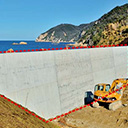
-
We will install tide embankments to prevent tsunami from flooding into the plant premises. In case of a tsunami flooding, protective walls and water tight doors will protect the plant facilities and equipment.

-
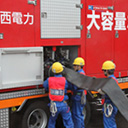
-
We are conducting drills repeatedly to ensure immediate response to an emergency while incorporating more diversified and redundant cooling functions.

-
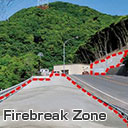
-
We are installing the protective measures while assuming natural disasters of a significantly greater level of severity than conventional assumptions.

-


-
We are installing safety measures assuming that a severe accident would occur, which may lead to core damage.
